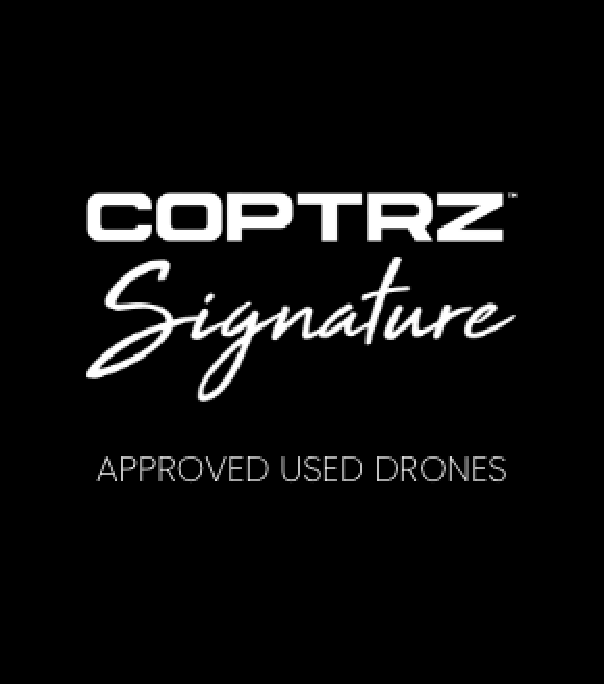If you have invested or are thinking about investing in a thermal camera, you’ll want to get the most efficient results from its use. So, here are the top five things to bear in mind when setting up your camera.
Resolution
When setting up your thermal camera, you must ensure the IR resolution is suitable for the needs of the project. The higher the resolution the better, as higher resolution cameras can get a more precise thermal measurement by capturing sharper images.
You’ll also need to adjust the spatial resolution which is connected to the Instantaneous Field of View (IFOV). This will depend on the size of the object and varies with detector size, lens type and the distance between the camera and the target object.

Temperature Range
An important factor to consider when setting up your thermal camera is the temperature range. This distinguishes the minimum and maximum temperatures the camera can measure.
Thermal cameras are adjusted for one or more temperature ranges, and each temperature range is described by a specific calibration curve.
Ultimately, you need to find out if you need absolute or relative temperatures and, if the camera is radiometric. If so, measurements should be restricted to optically opaque materials.
Focus
Knowing how close you can be to the object is another important consideration. The minimum focus distance tells you just how close you can be, which is different for different cameras and the optics mounted.
The spot size, however, depends on the IFOV, and this increases with the distance to the object.
As well as the minimum focus distance (which is crucial when measuring small objects), make sure you study the IR resolution of your camera, as a camera with a lower IR res may affect the measurements.

Find the best position:
a) FOV/image composition b) reflections
Focus on the position of your camera to ensure you get the best FOV, image composition and reflections. Every object emits radiation which means the target object partly acts as a mirror, so, it always reflects some radiation from surrounding objects into the camera.
This radiation is called the ‘reflected apparent temperature’, and it is important to set this parameter correctly to avoid the temperature measurement being wrong.
Image Presentation
Finally, the process of thermal tuning is very important in making sure the contrast of the image is maximized. Automatically adjusting the image might be easier, but the image may not be optimised because of incorrect contrast and brightness in the area of interest. A manual adjustment would, therefore, be better as the area of interest would be optimised for brightness and contrast.
The colour palette assigns different colours to mark specific levels of apparent temperature. Palettes can provide high or low contrast – depending on the colours used in them. The general rule of thumb is to use high contrast palettes for low contrast objects and low contrast palettes for high contrast objects.
You can learn more about how to get the most from your thermal camera by taking part in our highly professional drone training courses. https://www.coptrz.com/cpd-training-courses/

